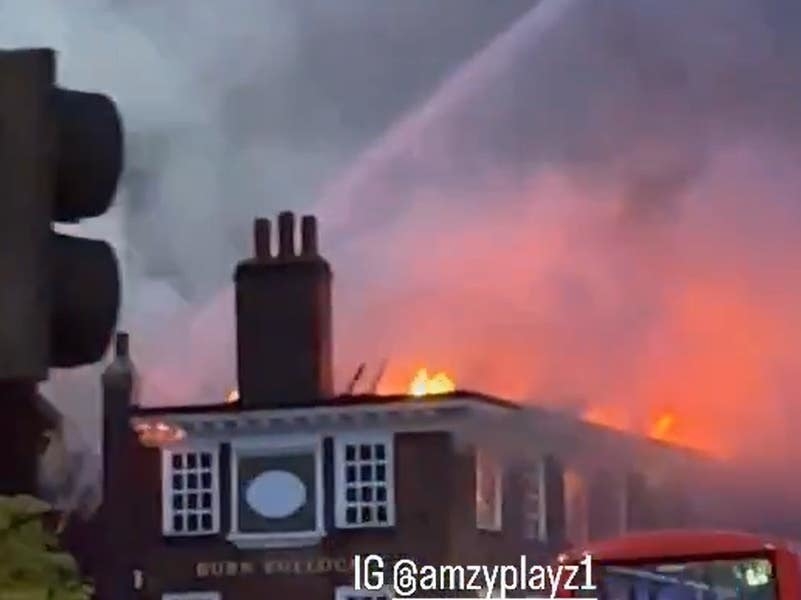The nest, the 16th found in the Island since April, is a clear indication the insects’ population – the biggest threat to honey bees and all pollinating insects – is about to explode locally, a beekeeper has warned.
Secondary nests, formed when the insects enter their most productive and dangerous part of the life cycle, can house 5,000 hornets, which if not stopped could have serious implications for the agricultural industry and the environment in general, according to John de Carteret.
‘All the reports we have received about nests and insect sightings so far have come from members of the public in domestic situations,’ he said.
‘The one found in Rue de la Beauvoir [St Saviour] was in a farm building and the farming community has more sheds and buildings than anyone else in Jersey.
‘I advise farmers to become more vigilant because if the Asian hornet becomes established across the Island it will eventually affect their bottom line.
The bigger the nest the more hornets it can contain and with each hornet able to consume 50 pollinators each day, over time that would have a serious effect on the growing process.
‘We need to be taking action now to try to suppress them otherwise there will be potentially tens of thousands of Asian hornets popping up everywhere. This is an issue for all of us, farmers included, and not just beekeepers.’
Until this week’s find in St Saviour, all nests found this year have been primary ones which contain one queen and about 50 worker hornets.
Secondary nests have greater potential for a population explosion as they are home to 20 queens – each capable of founding their own colonies – and 5,000 workers.






